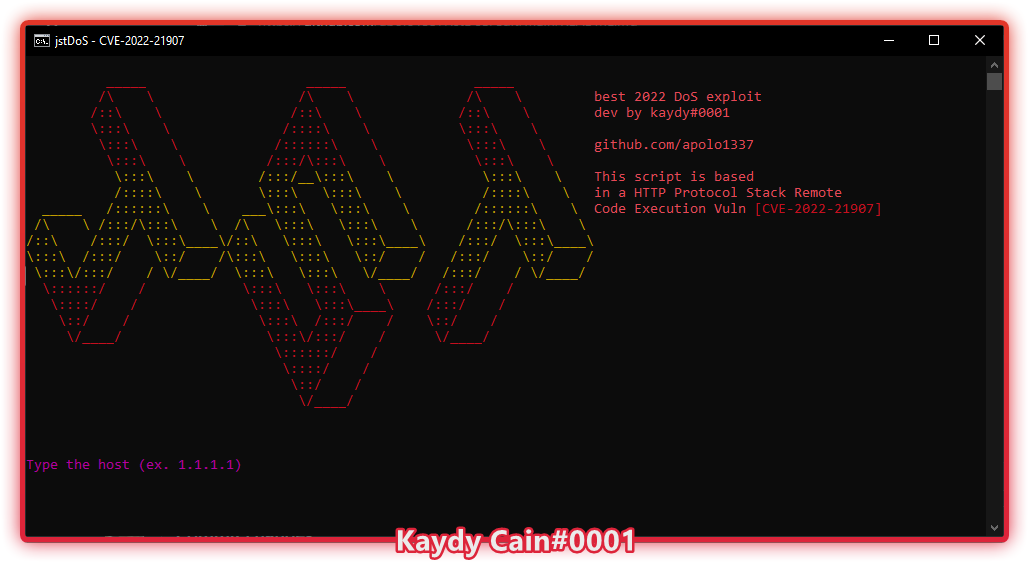Latent Execution for Neural Program Synthesis
This repo provides the code to replicate the experiments in the paper
Xinyun Chen, Dawn Song, Yuandong Tian, Latent Execution for Neural Program Synthesis, in NeurIPS 2021.
Prerequisites
Sample Usage
- To run our full latent program synthesizer (LaSynth):
python run.py --latent_execution --operation_predictor --decoder_self_attention
- To run our program synthesizer without partial program execution (NoPartialExecutor):
python run.py --latent_execution --operation_predictor --decoder_self_attention --no_partial_execution
- To run the RobustFill model:
python run.py
- To run the Property Signatures model:
python run.py --use_properties
Run experiments
In the following we list some important arguments for experiments:
--data_folder: path to the dataset.--model_dir: path to the directory that stores the models.--load_model: path to the pretrained model (optional).--eval: adding this command will enable the evaluation mode; otherwise, the model will be trained by default.--num_epochs: number of training epochs. The default value is10, but usually 1 epoch is enough for a decent performance.--log_interval LOG_INTERVAL: saving checkpoints everyLOG_INTERVALsteps.--latent_execution: Enable the model to learn the latent executor module.--no_partial_execution: Enable the model to learn the latent executor module, but this module is not used by the program synthesizer, and only adds to the training loss.--operation_predictor: Enable the model to learn the operation predictor module.--use_properties: Run the Property Signatures baseline.--iterative_retraining_prog_gen: Decode training programs for iterative retraining.
More details can be found in arguments.py.
Citation
If you use the code in this repo, please cite the following paper:
@inproceedings{chen2021latent,
title={Latent Execution for Neural Program Synthesis},
author={Chen, Xinyun and Song, Dawn and Tian, Yuandong},
booktitle={Advances in Neural Information Processing Systems},
year={2021}
}
License
This repo is CC-BY-NC licensed, as found in the LICENSE file.
References
[1] Devlin et al., RobustFill: Neural Program Learning under Noisy I/O, ICML 2017.
[2] Odena and Sutton, Learning to Represent Programs with Property Signatures, ICLR 2020.
[3] Chen et al., Execution-Guided Neural Program Synthesis, ICLR 2019.



